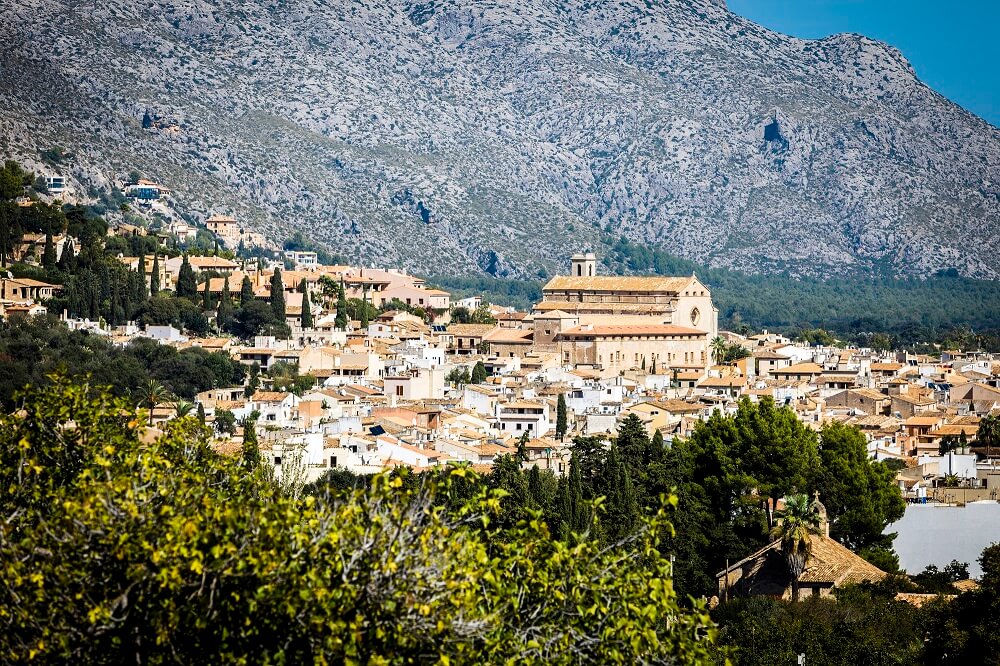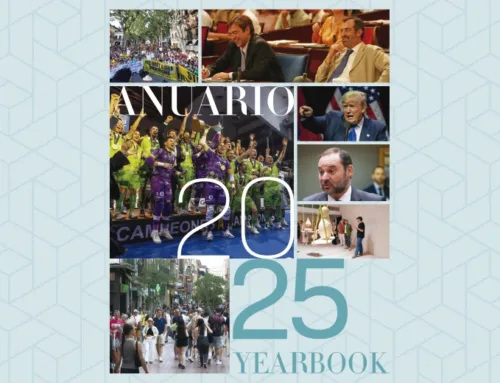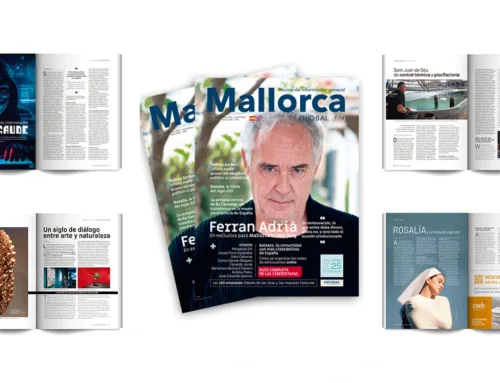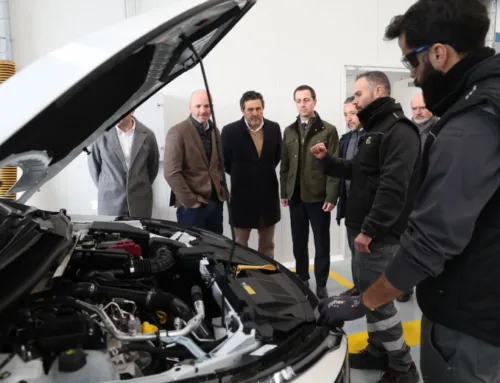The Mallorcan villages of Pollença, Alcúdia and Fornalutx are once again on the list of the Most Beautiful Villages of Spain. The Association that includes the Most Beautiful Villages of Spain has presented its new website and an app for cell phones with the aim of promoting the “great natural wealth and heritage” of its 105 villages.
The president of the Association, Francisco Mestre, said that “the activities promoted by the association are focused on a firm and decisive commitment to sustainable rural tourism and the promotion of these beautiful villages through new information technologies.”
The two most significant and important projects are the development of a new app and a website, which according to Mestre “will be an important tourist revulsive as they will bring our national and international visitors much closer to our villages and they will be able to know the great natural and patrimonial wealth of the rural world and better prepare their getaways.”
“Our website is one of the most visited on the Internet dedicated to rural tourism, bringing together millions of visits,” Mestre detailed, adding that “our followers demanded an app that can communicate with our website and its own space within this app for each of our visitors, where they can keep track, for example of the villages already visited or to know what festivals and events will be held in the coming days in our villages, among other innovations.”
It is conceived as a “living and open communication that has a vocation to grow with new features and suggestions to continue promoting tourism in the rural world,” where Town Councils and Associations update the relevant and detailed information of their tourist resources; hotel and catering offer, history and gastronomy of each village, its festivals and main monuments, as well as the routes that start from the municipality.

Pollença, one of the most beautiful villages in Spain. Photo: Micer Studio.
New app with “Village Card”
The new app, which is free, can be downloaded by entering ‘Pueblos Bonitos de España’ in Play Store for Android and App Store for IOS, or directly from the association’s website. The useful contents are structured in a very intuitive and easy to consult. These features allow its use to be adapted to any user using a Smartphone, regardless of age.
Thus, each file of the towns of the network gives the possibility to mark content as “Favorites”, integrate with the Google GPS navigator, share on social networks, or link directly to the website of the municipality.
Both digital platforms have a public part, where visitors can get to know the towns and share their experiences, and another private area, where each visitor will have a username and password to save their favorite destinations, prepare new routes and all their history related to tourism in these 105 towns.
Another of its main features is that it gives the option of stamping in the “Village Card” (digital passport) the visits made by the traveler to The Most Beautiful Villages of Spain. After registering for free you can earn points, depending on the number of villages visited and the distance between them with names and avatars as fun as: Stressed Stranger, Rural Curious, Committed Hiker, Quasi local or Master in Most Beautiful Villages, which favor a new way to travel enjoying or enjoying traveling.
For the president of the association, this new digital development aims to “improve the experience in our villages; build traveler loyalty with a digital service that offers the best recommendations of the environment; increase spending at the destination; strengthen the tourist industry; and make the tourist image of the rural world more attractive.”
“The app gives us the opportunity to show everyone the tourist, heritage and cultural wealth of our 105 villages. At just one click we have not only the places to visit with images and a brief review but also details of the main festivals and their most traditional dishes, thus showing together all the value that the beautiful villages of the network offer to any visitor,” concludes Mestre.







Leave A Comment